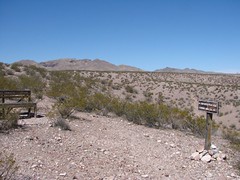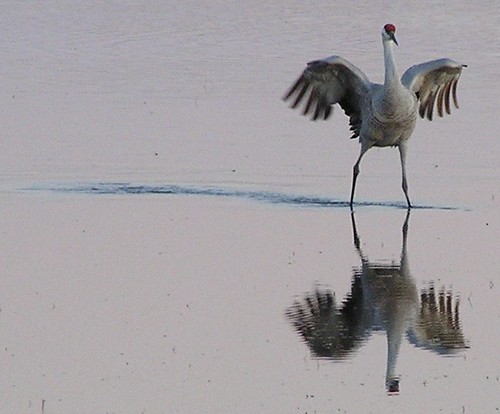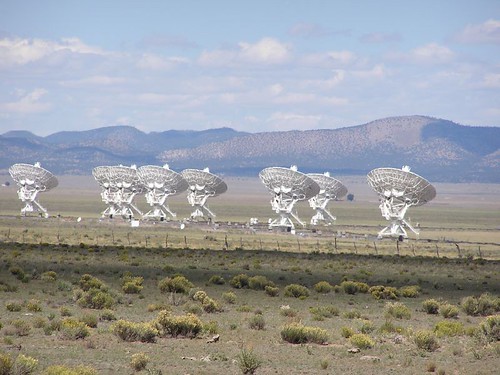Sky City Cultural Center links present to past By Tamara N. Shope, Tribune Reporter, June 9, 2006
IF YOU GO
What: Acoma’s Sky City Cultural Center and Haak’u Museum.
Where: Sky City Pueblo, 12 miles southwest of I-40 from Exit 102.
When: 8 a.m. to 7 p.m. during the summer; 8 a.m. to 4:30 p.m. during the winter.
How much: The museum and cultural center are free. Tours of Sky City: Adult, $10; seniors $9; youths $7. A still-camera permit is $10.
Call (800) 747-0181.
The $15 million Sky City Cultural Center and Haak’u Museum offers new experiences for tourists, in a setting very familiar to Acomas
ACOMA – It’s peculiar how swiftly a sense of grandeur can swallow up a traveler.
But when a long road disappears below a rocky, dusty hill in Acoma, a valley suddenly opens up as wide as the sky.
At the same time, Sky City, with its worn, modest homes and whitewashed walls and thousands of years of history, brings with it a sense of belonging.
A series of towering, sandy rocks and, sometimes, wayward cattle greet the traveler, usually a visitor looking to connect with an ancient city.
The road through grandeur branches off I-40 about 45 minutes west of Albuquerque. It heads southward, winding to a village on top of a mesa and, now, to its cultural center and museum – which, like the valley, has become priceless to the community.
The $15 million project was designed to look and feel like home for Acomas, and the community it was built for hopes it can help sustain 2,000-year-old culture.




